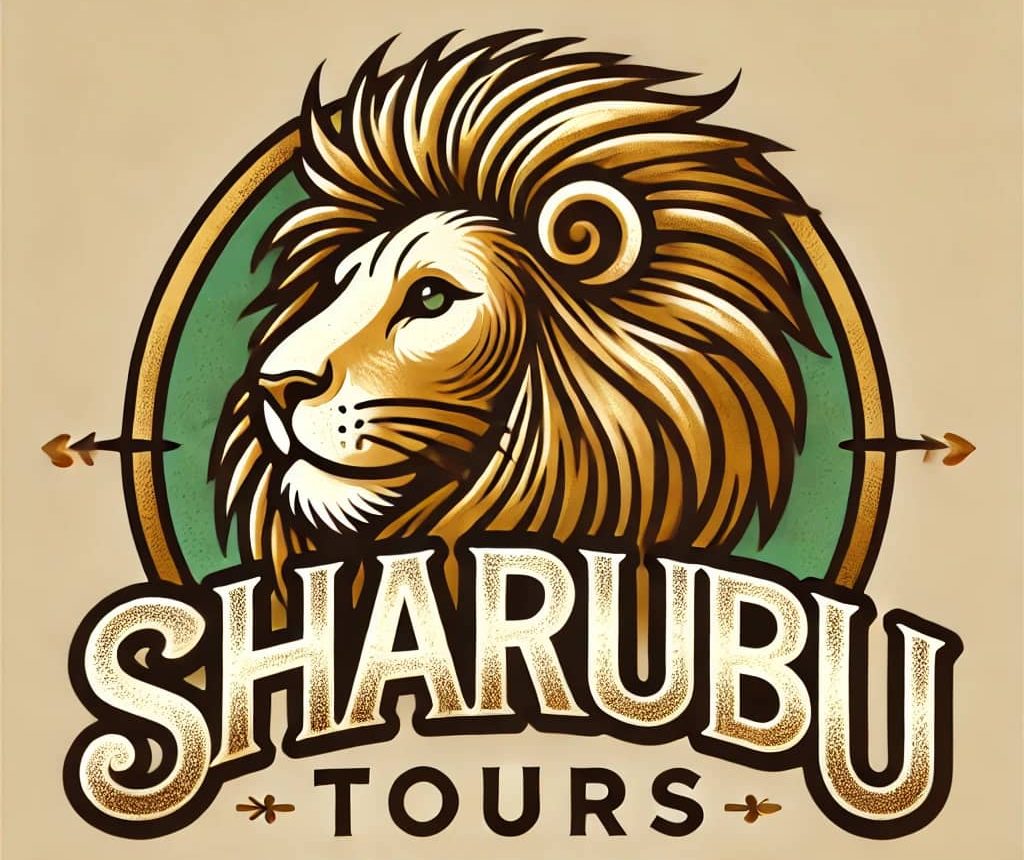Mount Kilimanjaro
The Arusha national park, the home of Mount Meru is always considered as green jewel that overlooked by visitors, worried they will not see that much wildlife. However, Arusha National Park has such a lot to offer and dazzles with a perfect mix of flora and fauna and diversified landscapes. Passing the “small Serengeti” during a game drive, you are likely to spot peaceful herds of buffaloes, shy bushbucks on the edge of the forest as well as warthogs and zebras. Heading towards the Ngurdoto Crater you will soon find yourself in a lush rainforest – a great place to spot the athletic black and white colobus monkey as well as the elegant mitis monkey. The Ngurdoto Crater is basically a smaller version of the Ngorongoro Crater and has a diameter of about 3 km. With a bit of lucky you might even spot buffaloes in the swamps on the crater floor.
Due to the low numbers of predators in the park, walking safaris are permitted. This is a must for anyone wanting to get a closer look at the moss-covered trees and the occasional redhot pokers as well as for those wanting to get up close to wildlife. Walking safari, you will experience wildlife safari in close distance such as buffaloes, warthogs, giraffes and a variety of birds such as the silvery cheeked hornbill, little bee-eater and the occasional long crested eagle. The walk takes visitors to the refreshing Tululusia waterfalls and back to the Momella gate.
On the way towards the Momella Lakes, visitors are in for a treat as common waterbucks and reedbucks love to hang around the lake shore. An array of water birds like cormorants, kingfishers and beautiful flamingos are also often spotted. There are seven alkaline lakes to be seen and each lake has a different salt concentration. Visitors also have the option of going on a canoe trip on the small Momella Lake.
Frequently Asked Questions
What is Mount Kilimanjaro?
Mount Kilimanjaro is a dormant volcanic mountain located in Tanzania, East Africa. It’s the highest mountain in Africa, standing at 19,341 feet (5,895 meters) above sea level.
How long does it take to climb Mount Kilimanjaro?
The length of a Kilimanjaro climb varies depending on the route you choose, but most climbs take between five and nine days.
What are the different routes up Mount Kilimanjaro?
There are several routes up Kilimanjaro, including the Marangu route, Machame route, Lemosho route, and Rongai route. Each route has its own advantages and challenges, and the choice depends on your preferences and experience.
Do I need any climbing experience to climb Mount Kilimanjaro?
No, you don’t need any technical climbing experience to climb Kilimanjaro. However, you should be physically fit and prepared for the altitude and long days of hiking.
What is the best time of year to climb Mount Kilimanjaro?
The best time to climb Kilimanjaro is during the dry season, which is from January to March and from June to October. However, it’s possible to climb Kilimanjaro year-round.
What is the cost of climbing Mount Kilimanjaro?
The cost of climbing Kilimanjaro varies depending on several factors, such as the length of the climb, the route chosen, and the level of luxury you want. Climbs can range from budget-friendly to very expensive.
Do I need any special equipment to climb Mount Kilimanjaro?
You will need appropriate hiking gear, such as sturdy boots, warm clothing, and a backpack. You will also need a sleeping bag, a trekking pole, and a headlamp. Some equipment can be rented in Tanzania.
Is it safe to climb Mount Kilimanjaro?
Yes, climbing Kilimanjaro is generally safe, but it’s important to choose a reputable tour company and follow their safety guidelines. Altitude sickness is a common concern, and climbers should be aware of the symptoms and take precautions.
What is the success rate for climbing Mount Kilimanjaro?
The success rate for climbing Kilimanjaro varies depending on the route and the tour company. Generally, our success rate is around 70-100%.
What are the benefits of climbing Mount Kilimanjaro?
Climbing Kilimanjaro is a challenging and rewarding experience that offers stunning views of the African landscape. It’s also a chance to test your physical and mental limits and create lasting memories. Additionally, climbing Kilimanjaro supports the local economy and provides employment opportunities for Tanzanian guides and porters.
Tours & Safaris
4 Days Tanzania Budget Tour
Ngorongoro, Serengeti & Tarangire
3 Days Taste of Tanzania Safari
Tarangire & Ngorongoro
7 Days Kilimanjaro, Lemosho Route
Mount Kilimanjaro
